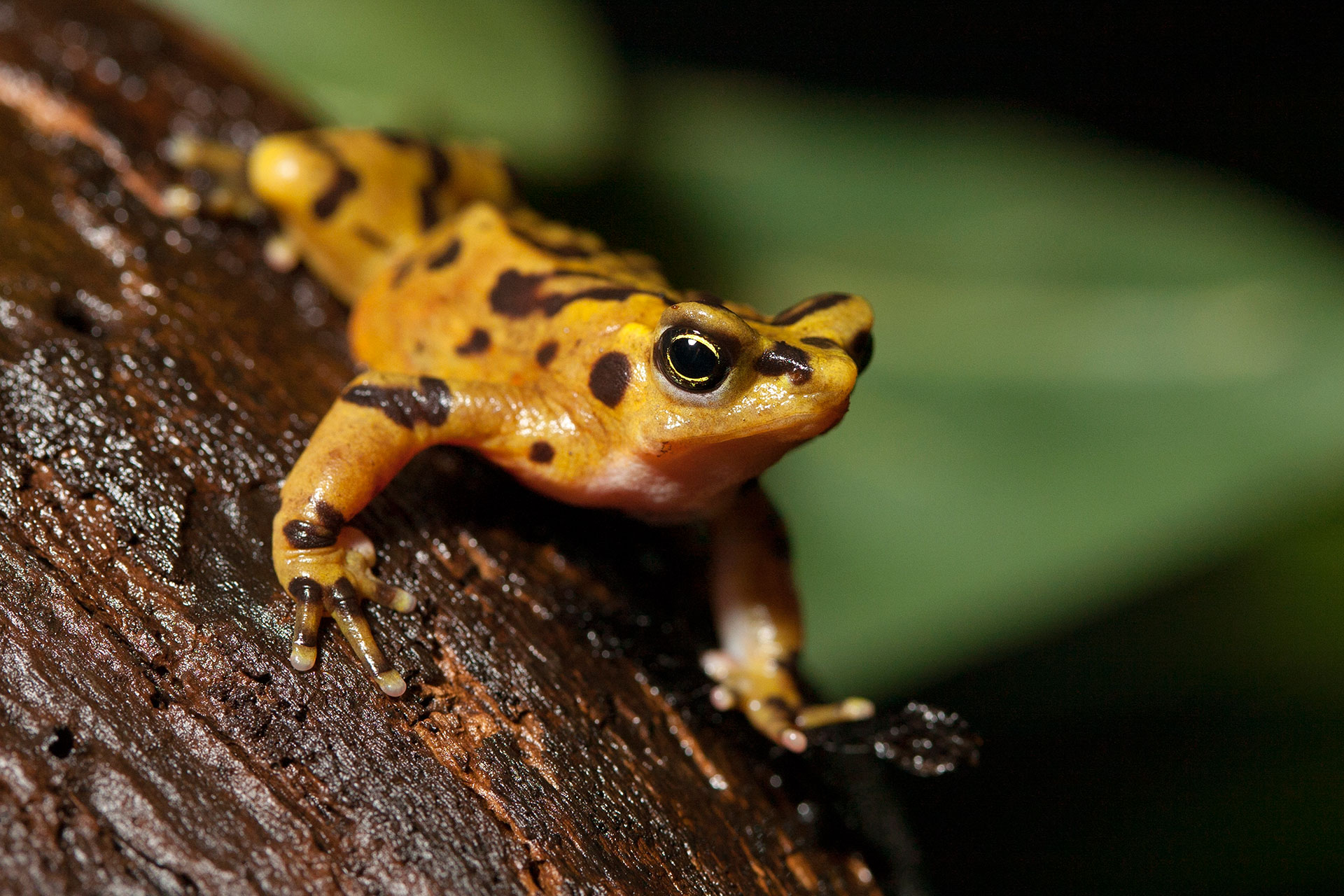The Reproductive Habits of Amphibians
Amphibians have diverse reproductive habits, with some strategies being very bizarre. For example, the Surinam “toad” (Pipa pipa) of South America cooperates with the female in an underwater dance so that their fertilized eggs wind up adhered to her back. The eggs develop and eventually tiny froglets emerge from her flesh and swim away, skipping the familiar tadpole stage. This phenomenon is known as direct development and is very common in some amphibians.
Most schoolchildren are taught that tadpoles turn into frogs, but tadpoles bear no resemblance to adult-form frogs and it is impossible to determine which species a tadpole represents. It was German naturalist August Johann Rösel von Rosenhof who first illustrated and described the life history of frogs for modern science. Most salamanders in the U.S. do not have a larval stage and undergo direct development, bypassing the characteristic larval phase.
The more one learns about amphibians, the more one realizes that general statements about what amphibians do and cannot do are impossible. There are 39 fundamentally different reproductive strategies in frogs alone. On your next visit to the Zoo, check the exhibit for the Panamanian golden frogs or the poison frogs to see if they are carrying around a tiny cluster of tadpoles.
The Story of Tadpoles – Zoo Atlanta
Zoo Atlanta is home to many different species of animals, including a wide variety of amphibians. One of the most interesting amphibians is the tadpole. Tadpoles are the larval stage of frogs and toads, and they can be found in many different habitats around the world.
At Zoo Atlanta, visitors can observe tadpoles in their natural environment. The zoo has a number of ponds and streams that are home to many different species of tadpoles. These tadpoles can be seen swimming around in the water, as well as sunning themselves on the rocks and vegetation.
Tadpoles can be a variety of colors, from black to green to brown. They have long, slender bodies and are covered in a slimy mucus. Tadpoles have eyes on the sides of their heads, but they do not have ears. They also have long tails that help them to swim.
Tadpoles are herbivores, meaning they feed on plants. They use their small mouths to scrape algae and other plant material off of rocks and vegetation. They also eat small insects, such as mosquito larvae.
Tadpoles go through several stages of development before they become frogs or toads. The first stage is the egg stage, when the eggs are laid in the water. The eggs then hatch into the tadpole stage, when they begin to grow and develop.
The tadpoles then undergo a transformation, which is known as metamorphosis. During this process, the tadpoles develop legs and lungs and their tails begin to shrink. They also develop the ability to move on land. Eventually, the tadpoles become frogs or toads.
At Zoo Atlanta, visitors can observe this process up close. The zoo has a number of ponds and streams that are home to many different species of tadpoles. Visitors can watch the tadpoles as they grow and develop, and eventually become frogs and toads.
Visitors can also learn more about tadpoles and other amphibians at the zoo’s Amphibian Conservation Center. The center is home to a variety of amphibians, and visitors can learn about the importance of amphibian conservation.
Zoo Atlanta is a great place to learn more about tadpoles and other amphibians. Visitors can observe the tadpoles in their natural environment, as well as learn more about their life cycle and the importance of amphibian conservation.


